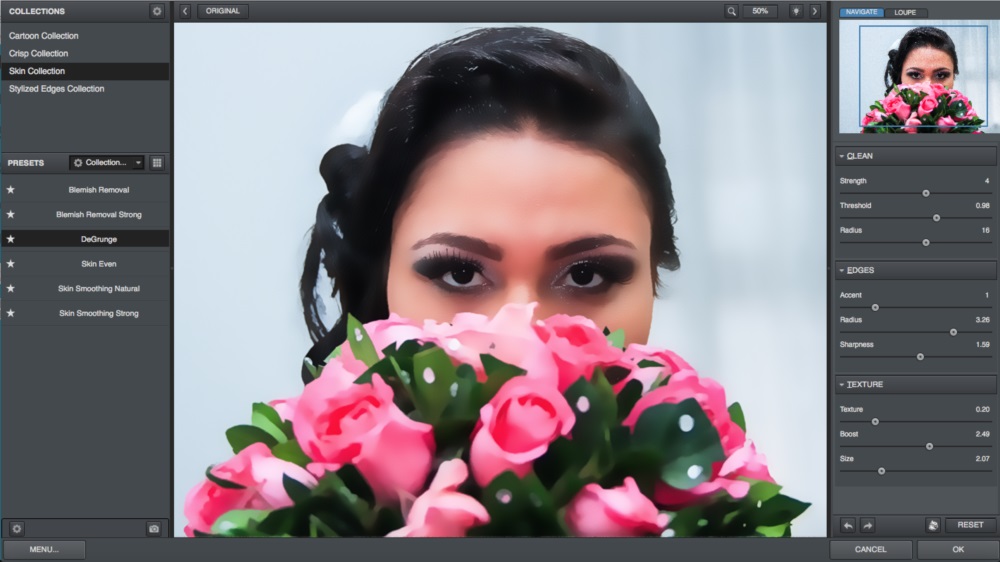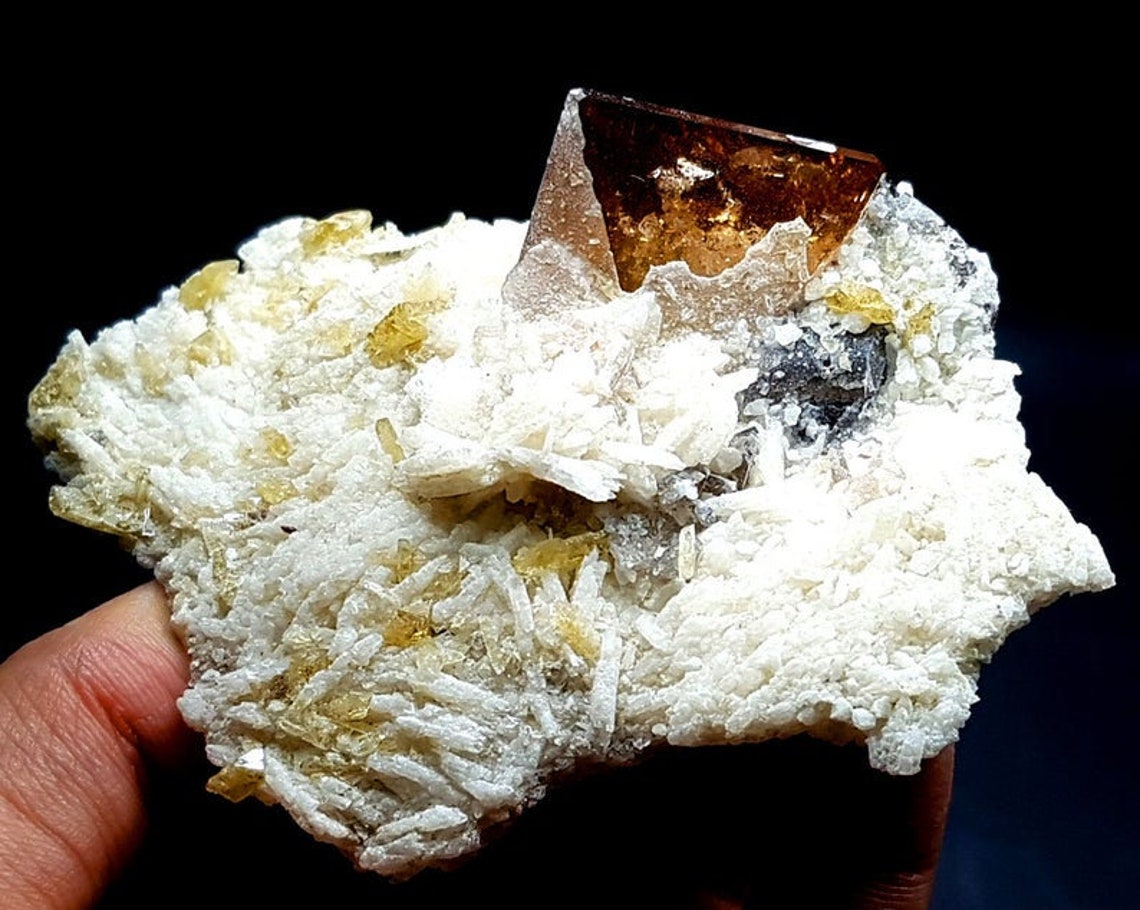
This is another customizable safety measure that helps to ensure sharp photos, and the camera will not use any speeds below the one you dial in. When set to manual, you can tell the camera the slowest shutter speed you want to use is 1/500 s. With a Canon EOS body, you can also choose whether the camera automatically or manually picks the minimum shutter speed it will use when you are shooting in program or aperture priority.
#Topaz clean disappeared iso#
In Auto ISO, you choose the minimum and maximum ISO the camera can choose. Nowadays, I don’t think that applies anywhere as strictly as it used to, and I will even shoot at ISO 400 or 800 in my studio if the situation calls for it. In general, my suggestion is to keep the low and high range of the ISO closer rather than far for best results.Īll of this might seem obvious, but it took me a while for it to sink in, probably because I come from a time when we did our best to use the lowest possible ISO at all times, when possible. As another example, if you know that you will be in a dark room where 100, 400, or even 800 ISO isn’t going to cut it, make sure that your low ISO auto range reflects that. If the camera picks a slower shutter speed because you let it decide on an auto ISO of 100, for instance, the photo may come out blurry. It’s much more practical to have the minimum ISO set to say 400 in this situation, since you want the camera to pick as fast a shutter speed as possible if you are when shooting in auto or aperture priority, and the difference between 100 and 400 for most applications is negligible. In this situation, the minimum ISO level is just as important as the maximum, because in general, you don’t want the camera to use ISO 100 for any moving subjects, even outside on a bright day. I quickly realized that this was not the best way to use the feature and now fine-tune it a bit more based on the specific shooting conditions and not just on acceptable grain levels.įor example, suppose you are taking portraits of sports, kids, or any subject that moves around a lot, outside on a bright sunny day. At first, I thought of the auto range as a high-ISO cap, leaving the low ISO at 100 and setting the high cap at around 3200, which I felt was the most grain I would want to see in my images. Once you’ve set your camera to auto ISO, you can tell the camera the lowest and highest ISO it is allowed to use using the “Auto Range” menu. ISO Menu on a Canon EOS Camera Auto Range


In this article and video, I explain how these features work using a Canon EOS camera, but the basics will work with any camera that has auto ISO, although the customization levels will vary by brand.

The camera doesn’t simply pick any appropriate ISO for your exposure, but gives you a number of other options to ensure you don’t wind up with extremely grainy or blurry photos. The beauty of using auto ISO is in the customization possible. Obviously, the world changed a long time ago, but as many of us know, old habits die hard, especially for us photographers! I was also firmly entrenched in a film shooter’s mentality, since I grew up in an era when using ISO 800 film was pushing the boundaries of grain and typically only used as a last resort.

Initially, the idea of letting my camera pick the ISO value seemed not only silly to me, but also like a genuinely bad idea, since I was afraid of winding up with grainy images if the camera chose a very high ISO. As the name suggests, in auto ISO mode, the camera will pick the correct ISO value for the scene being metered.


 0 kommentar(er)
0 kommentar(er)
